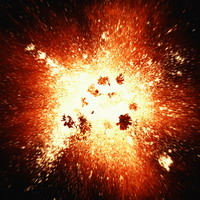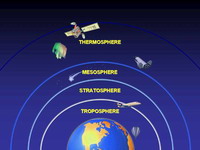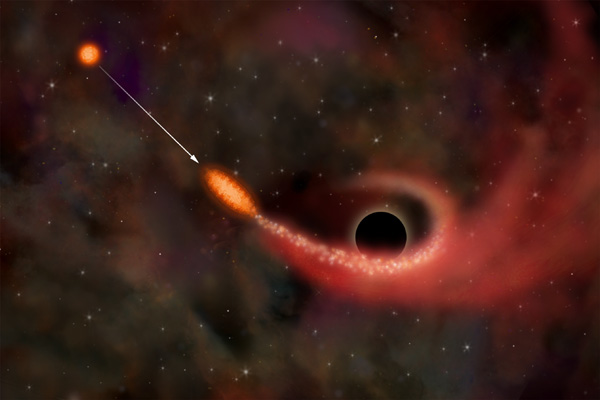Login form
Science
X Rays
 Imagine that you could see right through your own skin. You could see the bones inside your body. You could watch food go down your throat when you swallow it. Imagine looking inside someone’s suitcase to see what’s inside. Does that sound impossible? Not when you know about X rays!
Imagine that you could see right through your own skin. You could see the bones inside your body. You could watch food go down your throat when you swallow it. Imagine looking inside someone’s suitcase to see what’s inside. Does that sound impossible? Not when you know about X rays!
WHAT ARE X RAYS?
X rays are very powerful light rays that your eyes can’t detect. These light rays can slip through objects that visible light bounces off. We use X rays as a powerful tool to detect and discover things our eyes can’t see.
Asteroids
 Asteroids are rocks in space that never quite made it as planets. Astronomers think that our solar system began as a cloud of gas and dust. Gravity pulled parts of the cloud together to make the Sun and the nine planets. Astronomers think that the asteroids formed in that cloud but never grew large enough to be planets.
Asteroids are rocks in space that never quite made it as planets. Astronomers think that our solar system began as a cloud of gas and dust. Gravity pulled parts of the cloud together to make the Sun and the nine planets. Astronomers think that the asteroids formed in that cloud but never grew large enough to be planets.
HOW BIG ARE ASTEROIDS?
There are thousands of asteroids, and they come in all sizes. The biggest asteroid ever found is called Ceres. Ceres is more than 600 miles (1,000 kilometers) wide.
Big Bang
 The universe contains everything that exists: Earth, the Sun, the stars, galaxies (collections of billions of stars), and everything else in space. People have wondered how the universe got started for thousands of years. Most scientists now think they have the answer. They think the universe began about 14 billion years ago with a kind of big explosion. They call the explosion the big bang.
The universe contains everything that exists: Earth, the Sun, the stars, galaxies (collections of billions of stars), and everything else in space. People have wondered how the universe got started for thousands of years. Most scientists now think they have the answer. They think the universe began about 14 billion years ago with a kind of big explosion. They call the explosion the big bang.
WHAT HAPPENED AFTER THE BIG BANG?
No one knows what caused the big bang, but scientists think they know what happened all the way back to the first seconds after the big bang.
Atmosphere
 Every time you take a breath, you are inhaling Earth’s atmosphere. You cannot see, smell, or taste Earth’s atmosphere. It is the air all around you. Other planets also have an atmosphere. An atmosphere is a blanket of gases that wraps around a planet or any other object in space.
Every time you take a breath, you are inhaling Earth’s atmosphere. You cannot see, smell, or taste Earth’s atmosphere. It is the air all around you. Other planets also have an atmosphere. An atmosphere is a blanket of gases that wraps around a planet or any other object in space.
EARTH’S ATMOSPHERE IS AIR
Earth’s atmosphere is made up of a mix of gases called air. Air contains more nitrogen than any other gas. Nitrogen makes up 78 percent of the air. Oxygen, the gas that is most important for keeping you alive, makes up 21 percent.
Black Holes
 Black holes are some of the strangest things in space. A black hole sucks in anything that gets near it. Nothing can escape from a black hole—not even light.
Black holes are some of the strangest things in space. A black hole sucks in anything that gets near it. Nothing can escape from a black hole—not even light.
BLACK HOLES ARE STRONG
Nothing escapes from a black hole because its gravity is so strong. Gravity is a force that pulls one thing to another. Gravity is the force that holds you down on Earth. When you jump up, Earth’s gravity pulls you right back down. Earth’s gravity also makes the Moon orbit (go around) Earth.
